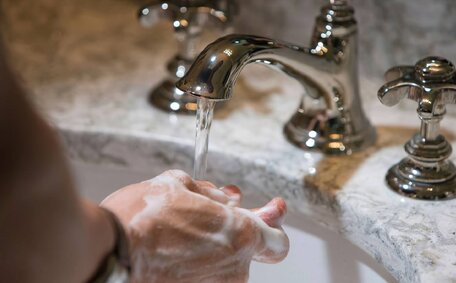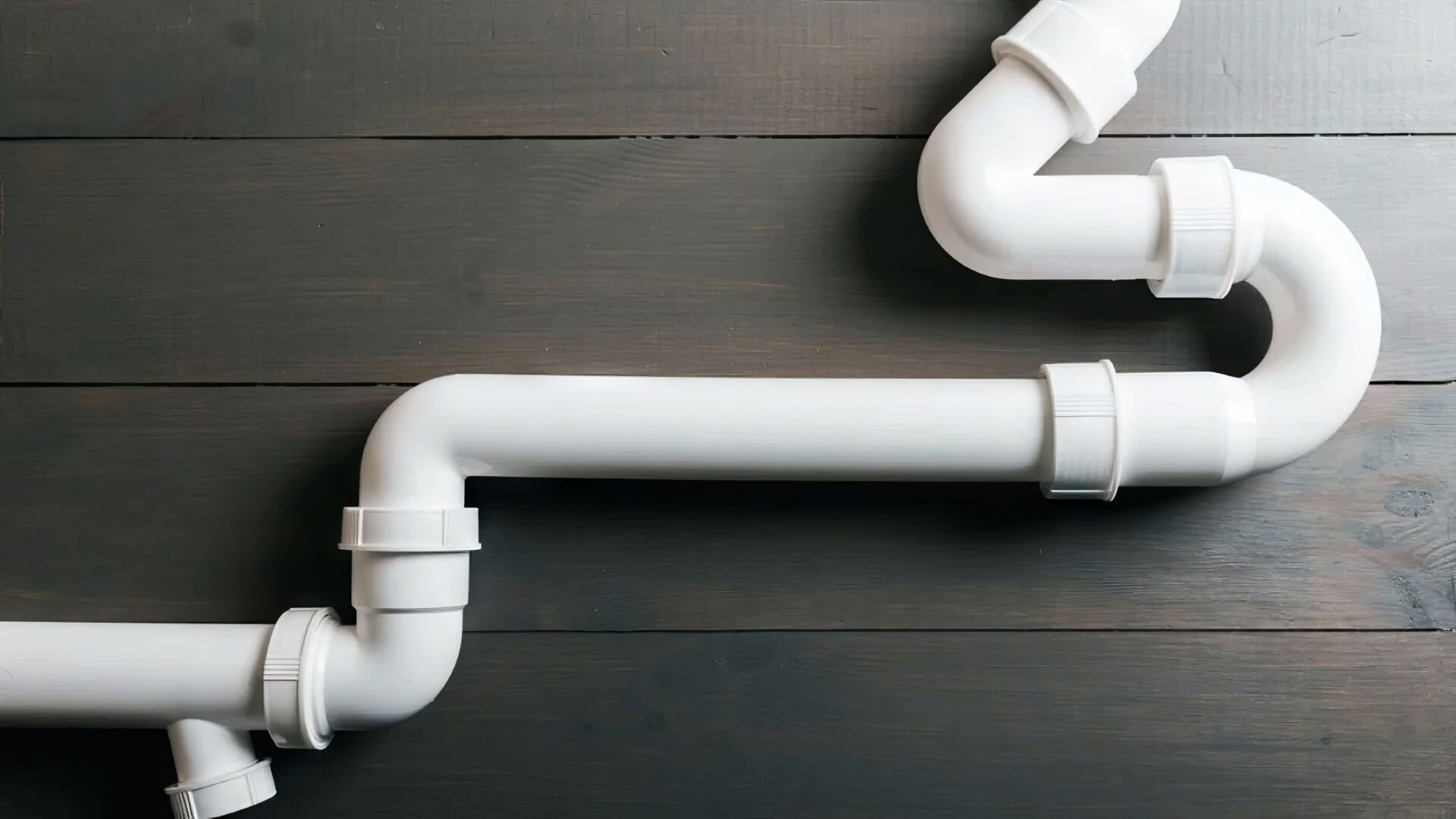Introduction to Gas Pipeline Lifespans
As leading plumbing and gas fitting experts serving Lalor Park, Sydney and surrounding suburbs, the team at Lalor Park Plumbing understand the importance of well-maintained gas pipelines for home and business owners. The lifespan of buried natural gas pipelines is a crucial but often overlooked factor impacting safety, efficiency and operating costs.
In this comprehensive guide, we’ll be exploring the typical lifespan of gas pipelines and the many variables that can shorten or extend their usable service life. Gaining insight into maintenance requirements, risks of ageing infrastructure, renewable energy impacts and evolving industry standards will equip property owners to make informed decisions regarding their gas assets.
Join us as we delve into the key considerations around gas pipeline longevity, best practises for maximising lifespan, and the regulatory responsibilities for proper decommissioning. Understanding these facets provides greater control and peace of mind to ensure your gas system remains safe, effective and economical over its operating lifetime.
Typical Lifespan of a Gas Pipeline
When it comes to gas pipelines, the expected design life is typically around 50 years under normal operating conditions. This lifespan estimation is based on the pipe material, construction methods, and assumed usage levels over time.
However, the actual service life of a buried gas pipeline can vary substantially in practise. With appropriate maintenance and management, well-engineered pipelines are capable of safely transporting gas for 60 years or longer before needing replacement.
Conversely, inadequate corrosion protection, excessive stresses or unfavourable environmental factors can compel pipelines to be decommissioned well short of the 50 year mark. Pipeline failures from stress corrosion cracking or construction flaws have forced early replacement in some instances only 10-15 years ago.
As trusted local plumbers and gas fitters based in Lalor Park, Sydney, we have experience working on gas pipelines of varying vintages servicing homes and businesses across the region. We’ve witnessed how differences in materials, depth, soil acidity, moisture levels and fluctuating pressures can influence deterioration rates and longevity.
Later we’ll explore the many variables impacting usable lifespan as well as responsibilities around decommissioning ageing gas pipe infrastructure. First having established expectations around typical gas pipeline duration in the 50 year range, we gain helpful context to evaluate lifespan-limiting factors.
Factors Affecting Gas Pipeline Longevity
There are many technical, environmental and operational factors that can impact the usable lifespan of buried gas pipelines. Understanding these influential variables provides greater control to maximise longevity through appropriate material selection, design choices and proactive maintenance.
Key factors affecting gas pipeline lifespan include:
- Pipe materials - Corrosion resistance properties play a major role. Polyethylene pipes last 50+ years, whereas unprotected steel pipes may need replacing in 15-25 years.
- Depth of burial - Shallower pipelines risk more stresses and damage from surface activities. Deeper trenches provide more protection and stability.
- Soil acidity and moisture - Acidic, wet soils accelerate external corrosion and pipe deterioration.
- Fluctuating pressure levels - Repeated cycles of high pressure contribute to cracking over time, shortening lifespan.
- Gas flow volume - Declining demand and flows may justify decommissioning before failure occurs.
- Construction quality - Poor welds, bends or joins introduce weaknesses that compound over years of use.
- Changing regulations - New standards sometimes dictate pipeline replacement to improve safety.
By understanding these factors and mitigating risks through design choices, maintenance and monitoring, our team helps Lalor Park property owners extend the usable lifespan of their buried gas pipelines.
Weather and Environmental Conditions
Local weather patterns and environmental conditions can significantly influence underground gas pipeline lifespans. Temperature extremes, severe storms, flooding, bushfires and even drought put strain on buried pipe infrastructure.
In areas with cold winters, frost penetration and soil contraction can bend and warp pipelines. The repeated freeze-thaw cycle introduces stresses that weaken system integrity over time. Periodic thaws also increase moisture and corrosion rates.
Conversely, extreme heat causes soil expansion and upward ground movement that imparts physical stress on pipelines. High ambient temperatures accelerate chemical reactions contributing to external corrosion as well.
Heavy rains and flooding increase soil moisture levels. While wet soils promote faster corrosion, flood debris and erosive forces also endanger pipeline stability. Drought conditions lead to soil shrinkage and increased acidity levels that hasten deterioration.
Bushfires, lightning strikes and falling trees threaten above-ground infrastructure as well as pipelines buried less than 30cm deep. Fires can damage pipeline coatings and protective wrappings intended to increase lifespan.
Mitigating weather and environmental risks involves burying pipelines at optimal depth, engineering durable moisture barriers and supplemental cathodic protection. Proactive condition monitoring also helps detect potential issues early.
By accounting for local climate patterns and environmental dynamics unique to Lalor Park and greater Sydney when installing and maintaining gas pipelines, steps can be taken to maximise usable lifespan despite external pressures.
Pipe Maintenance and Inspections
Regular inspection and maintenance is crucial for prolonging the lifespan of gas pipelines. As certified gas fitters serving Lalor Park, Sydney, we recommend pipe inspections every 5 years once a system exceeds 10 years of age.
Pipeline maintenance involves checking for leaks, assessing corrosion damage, ensuring cathodic protection is functioning, and monitoring pressure levels. Technicians use devices like smart pigs to internally gauge pipe wall thickness and identify defects developing over time.
We also advise replacing old connectors and fittings made of inferior metals. Brass and copper components have a shorter lifespan than the polyethylene pipe itself. Upgrading these accessories reduces potential leak points.
For homes and businesses relying on older gas lines, we provide detailed inspections using ultrasound scanners and pressure testing equipment. This helps evaluate current pipe condition and determine remaining usable life before repairs or replacement become necessary.
Through regular maintenance checks and part swaps every 5+ years, our specialist team helps Lalor Park property owners maximise the safe operating life of buried gas pipelines. Routine inspections provide peace of mind while optimising lifespan.
Installation Depth and Regulations
The longevity of buried gas pipelines is heavily influenced by the depth below ground at which they are installed. In the United States, gas distribution lines are typically buried at a minimum depth of 18 inches (46 cm) below the surface.
Here in Australia, requirements around the safe installation depth of gas pipes fall under national and state Pipeline Acts and associated regulations. These rules dictate permissible burial depths based on pipe diameter and position within regulated easements.
As a general guide, gas pipelines serving residential premises should be covered by at least 300mm of soil. High-pressure gas mains and larger transfer pipes are often buried deeper at 600mm to 900mm.
Exceeding the minimum burial depth helps to protect infrastructure longevity by shielding it from surface activities and temperature fluctuations. However, over-burial beyond 2 metres can make pipelines vulnerable to ground movement stresses.
At Lalor Park Plumbing, we stay up-to-date with the latest gas pipe installation standards enforced across Sydney and NSW. We advise homeowners to consult local regulations when planning new gas line projects to ensure conformance.
Adhering to mandated burial depths and easement allowances when installing or replacing gas pipelines is crucial. It directly influences pipeline lifespan, safety and compliance over decades of underground service.
Impact of Renewable Energy Sources
The global transition towards renewable energy sources and net-zero emissions policies has significant implications for the economic lifespan of gas pipelines across Sydney. As solar, wind and other clean power generation ramps up, gas demand is projected to peak and decline over the coming decades.
With Lalor Park and the greater Sydney area embracing rooftop solar incentives, mandatory green energy targets and investments in large-scale renewables, downward pressure on gas consumption is mounting. Modelling suggests NSW gas demand could fall by 15-20% as homes and businesses switch to electric heating and appliances.
Diminished flow rates and lower capacity utilisation will likely prompt gas network operators to accelerate decommissioning for underutilised pipelines. assets once expected to function for 50+ years. As the economics of gas distribution erode, the pipeline would eventually surpass its serviceable lifespan, making it no longer viable.
However, sector experts caution against premature abandonment of pipelines that still have years of safe service potential. Selective renewals, innovations like hydrogen blending, and strategic demand management could optimise assets put in place decades ago.
Navigating these landscape changes requires agile, data-driven decisions on a case-by-case basis. As trusted local gas engineers, Lalor Park Plumbing helps homeowners and businesses assess their pipeline lifespan and replacement options amidst the energy transition.
While renewables transform Australia’s energy makeup, gas networks retain value during the transition if stewarded responsibly. With considered analysis and planning, pipelines installed for the long haul need not become stranded assets before their useful life elapses.
Decommissioning Old Pipelines
Eventually all gas pipelines must be decommissioned once they near the end of their safe operational lifespan. This complex process involves regulatory approvals, emptying residuals, purging lines, capping endpoints and confirming inertness before abandonment or removal.
As authorised gas fitters, the team at Lalor Park Plumbing guides customers through responsible decommissioning adhering to strict industry codes and state laws. We submit required notices to network operators and manage safe purging procedures before pipelines get retired or replaced.
Upon decommissioning approval, technicians first stop gas flow and empty the pipeline with specially designed pigs. Compressed air or an inert gas removes combustible residuals prior to capping. Strict testing confirms the line no longer poses fire, explosion or suffocation dangers.
Once inert, aged pipelines get retired in place, extracting them risks damage to surrounding infrastructure. But some situations demand full removal such as sites facing redevelopment. We expertly extract old steel lines while protecting existing assets.
With 50 years the typical gas pipeline lifespan, responsible decommissioning is an inevitable reality. Lalor Park Plumbing helps homeowners navigate this process applying our industry expertise to protect safety, meet regulations and contain costs.
Risks of Aging Gas Pipelines
As buried gas pipelines advance in age beyond their 50 year expected lifespan, risks of failure escalate, jeopardising safety. Undetected corrosion, cracking, leaks, and excess pressure pose threats the older the infrastructure.
Home and business owners relying on ageing gas pipelines should remain vigilant for the following trouble signs indicating replacement needs:
- Frequent gas leaks or unexplained odours
- Drops in outlet pressure or capacity
- Visible corrosion damage on accessible parts
- An outdated pipe material like bare steel
- Major shifts or earth movement around the pipe
- Prior damage from nearby construction or storms
We recommend Lalor Park property owners review the age of onsite gas pipes and consider a safety inspection after 10-15 years of use. Our team can assess lifespan status with pipe wall scans.
Rather than risk emergency failures, be proactive. Call the team at Lalor Park Plumbing on 1300 349 338 to evaluate your gas pipeline lifespan today. Safeguard your property, occupants and community.






